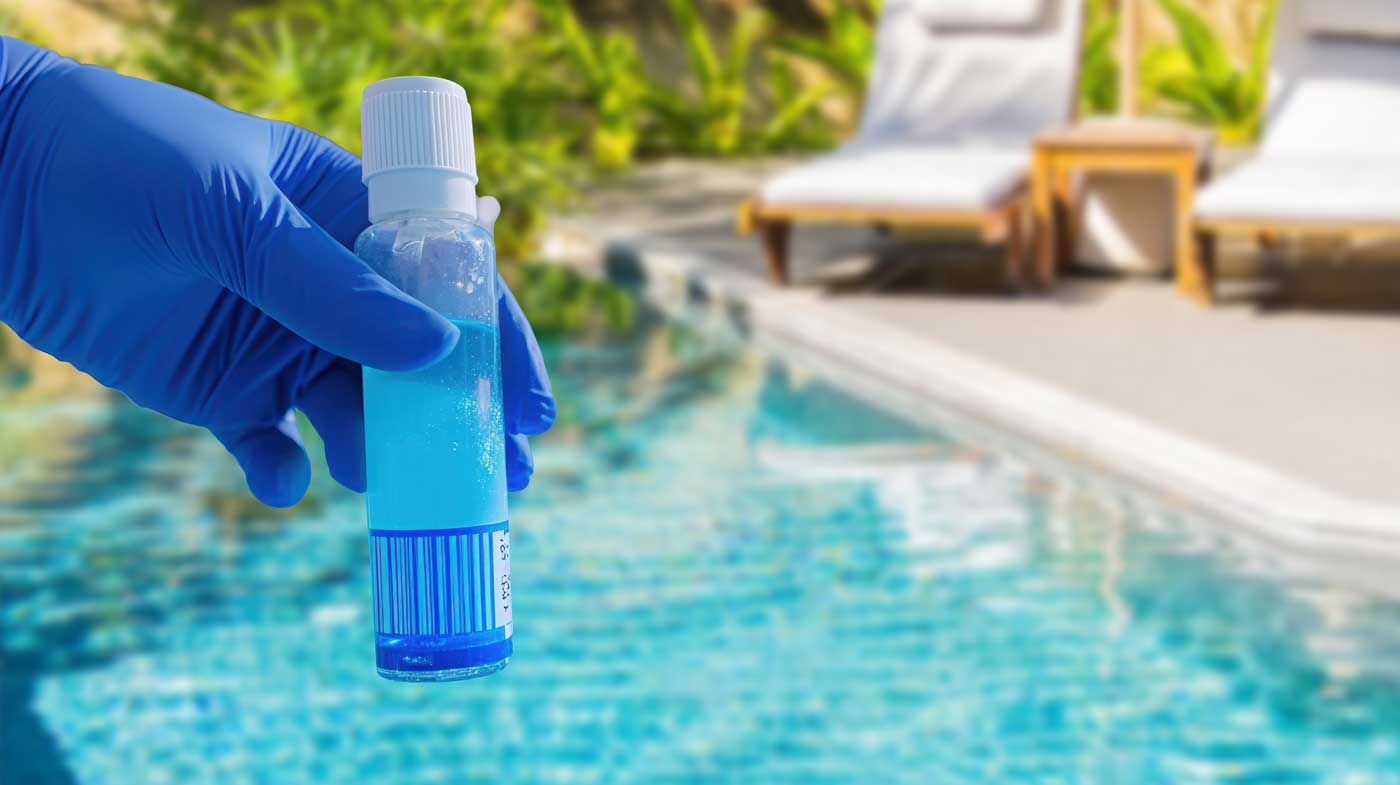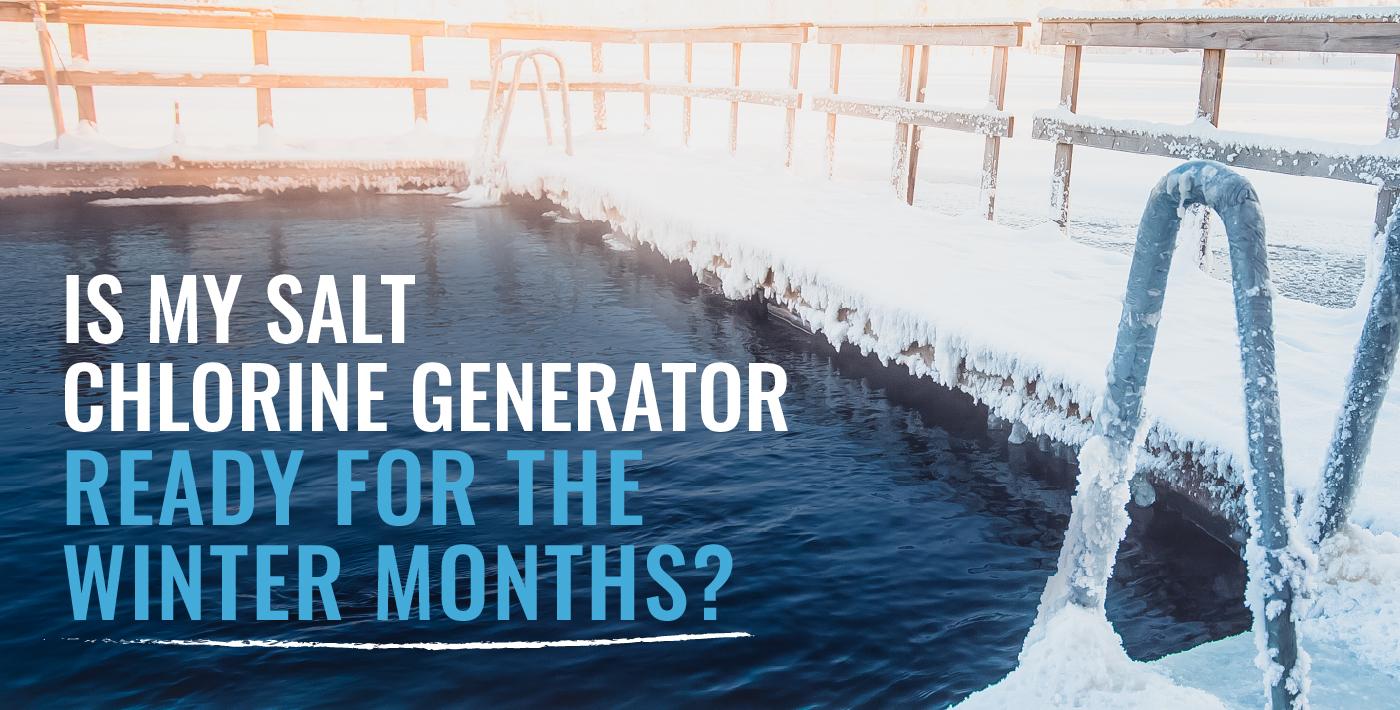Also, warranties can be voided if improper water chemistry is determined to be the reason…
In today’s society, “Going Green” is not only a trend but has now become part of our culture and our children’s way of thinking. Because of this, a lot of swimming pool owners are doing research on how to chlorinate their pool water with an environmentally friendly method. We hope this article can help answer some of the questions you may have regarding these systems.
The AutoPilot Salt Chlorine Generator comes with: a Power supply, Chlorine Production Cell, and Patented Manifold Assembly with a Tri-Sensor Assembly. When the salted water passes through the AutoPilot cell, it is converted to chlorine. After sanitizing the pool water, it turns back to salt, and the process is repeated and sustainable. The best part is that the salt is maintained at a much lower level than even contact lens solution, leaving no “salty” taste to the water.
Some of the advantages of having a salt water pool are:
- No need to buy, store, or handle chlorine products. It is also described by many pool owners with these systems that the water feels softer and more comfortable than that of water from a regular chlorinated pool.
- Better air and water quality, which is helpful for people that are ultra-sensitive to chlorine, will not discolored your bathing suits, and no more red eyes.
Because you are producing your own salt instead of having to buy, store, and handle hazardous chemicals to sanitize your swimming pool, you will be swimming in an environmentally friendly swimming pool.
Your AutoPilot does one thing, generate chlorine. However, the purity of this chlorine has less
effect on the overall water chemistry than other forms of chlorine. As long as you keep your water balanced to the Saturation Index, your need for chemicals will be kept to a minimum, which reduces the costs of maintenance of your pool. Here is a guide of the recommended water balance:
Pool Pilot recommends periodic (weekly or bi-weekly) testing of stabilizer levels (60 – 80 ppm), Free Chlorine (2 – 4 ppm for pools and 3 – 6 ppm for spas), pH (7.2 – 7.6), and salt levels (2,500 – 3,500 ppm). Since we do not affect the Total Alkalinity or Calcium Hardness, a monthly check is sufficient.
We hope you find this article informative, please feel free to leave any questions or comments below!



This Post Has 0 Comments